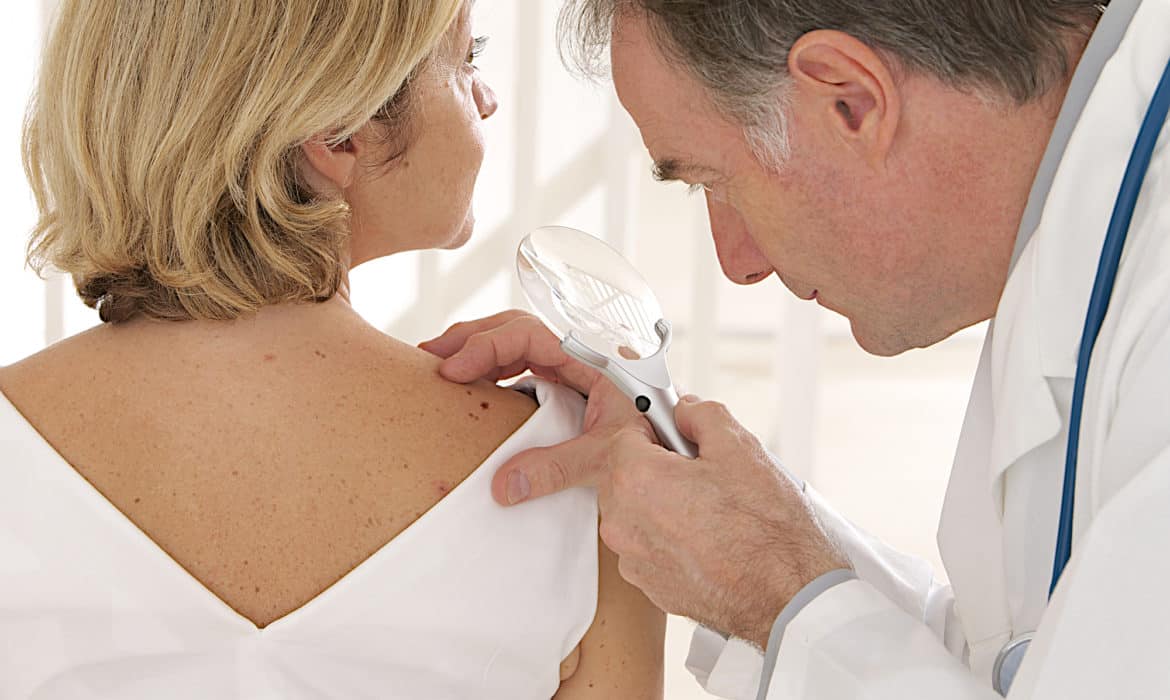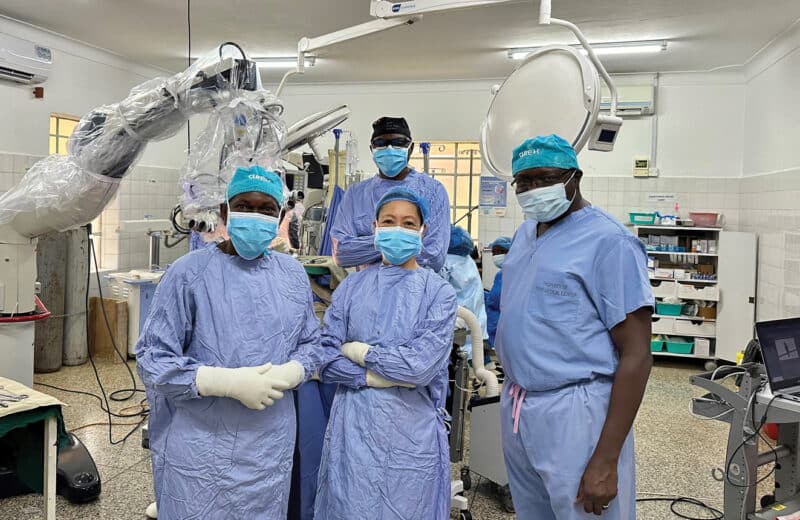Dermatologists have a useful arsenal against skin cancer
Whether you’re lying out on one of Chicago’s beaches this summer, riding your bike to and from work each day or just sitting in your backyard on a beautiful sunny afternoon, think about this sobering fact: According to the American Cancer Society, melanoma, the most serious type of skin cancer, will account for more than 75,000 cases of the disease this year.
Additionally, more than two million cases of basal and squamous cell skin cancer, which are nonmelanomas found at the base of the outer layer of the skin, are reported in the United States each year.
But let’s not ruin that bright, sunny day. Though melanoma is the deadliest of skin cancers, if discovered in its earliest stages, it’s almost always curable. And these days, a variety of physicians with advanced training throughout Chicagoland are offering a number of surgical and nonsurgical procedures when it comes to treating various skin cancers.
One of the oldest types of surgical techniques used to treat skin cancer is Mohs micrographic surgery, which was developed by surgeon Frederic Mohs in 1938. The procedure is done on an outpatient basis under local anesthesia by surgeons with advanced training and is usually performed on the face, neck and head, but is sometimes recommended for recurrent and aggressive skin cancers on other parts of the body. During the procedure, skin cancer tissue is removed layer by layer and is examined closely onsite under a microscope. Cure rates for basal cell and squamous cell skin cancer using Mohs micrographic
surgery are between 95 and 99 percent, depending on the type and location of the tumor. The cure rate for recurrent and aggressive skin cancers depends on the type and aggressiveness of the tumor.
“The Mohs procedure is very well tolerated by most patients, and with Mohs surgery, we’re not taking more tissue than is needed,” says Dr.
Rebecca Tung, division director of dermatology at Loyola University Health System in Maywood. “I can do sutures and do a flap or a skin graft, which is the reconstruction, and that can be done all in one session. We do it every day in our office, and I see lifeguards, sun tanners, and all ages: people in their 20s, early 30s and even people who are a hundred years of age. The Mohs procedure gets more of the tumor.”
Dr. Diana Bolotin, a board-certified dermatologist and fellowship-trained Mohs surgeon at the University of Chicago Medical Center, began performing the Mohs micrographic surgical technique on patients in 2010.
“Mohs surgery has the highest cure rate for certain kinds of skin cancer, and the best candidates for this surgery are primarily patients with the two most common nonmelanoma skin cancers: basal cell and squamous cell skin cancer, although it is also used for some more-rare skin cancers,” Bolotin says. “There are really no restrictions on who can have the procedure. As long as the patient is able to travel to the office and plans on staying anywhere from a few hours to most of the day—depending on the extent of the skin cancer—they can have the surgery.
“When patients go home, they’re given instructions on how to take care of their wound, which depends on how the surgical defect is closed,” Bolotin says. “And they go home with a dressing and typically have stitches that are usually removed one or two weeks later. The patient can wear makeup after the stitches have been removed.”
In addition to surgical procedures, physicians are using nonsurgical treatments on their skin cancer patients.
“Some superficial forms of skin cancer can be treated with a topical medicine, but the cure rate is lower than that achieved with surgery,” Bolotin says. “The topical medicine is a cream that the patient usually applies at home on a daily basis for a month or two. It’s not for invasive or aggressive types of skin cancer.
“A type of light therapy called photodynamic therapy (PDT) can also be used to treat a subset of superficial skin cancers. Though again, it’s not a choice for aggressive types,” says Bolotin.
She adds that PDT can also be used for patients who have precancerous lesions or for patients who have had skin cancer in the past.
“A topical solution is applied and absorbed into the skin, and then a blue light activates the medicine and gets rid of the bad cancer cells,” Dr. Forman Taub, founder of Advanced Dermatology in Lincolnshire says. “This procedure can be done in the office.”
In 2011 and in 2012, the Food and Drug Administration (FDA) approved several new oral medications for the treatment of skin cancer. One medication is Erivedge, which was approved in January this year. The drug treats large metastatic basal cell skin cancer or locally advanced basal cell skin cancer.
“It’s very exciting,” says Tung. “The drug helps to reduce tumors and is an alternative to surgery.”
Two other drugs that have recently been approved by the FDA include vemurafenib, that was approved this year and ipilimumab, approved in 2011. “Both medications are oral medications that treat late-stage melanoma,” says Tung.
Whether surgery, a topical cream, light therapy or drugs are used to treat skin cancer, prevention is vital.
“You’re at increased risk after you’ve had one skin cancer, and I recommend that people who have had either precancerous lesions or skin cancers be checked at least twice yearly,” Tung says. “And since anyone can develop skin cancer, I recommend a yearly check with a dermatologist for everyone. “I tell my patients that I’d rather catch skin cancer at two millimeters than at the size of a quarter.”
Published in Chicago Health Summer/Fall 2012













